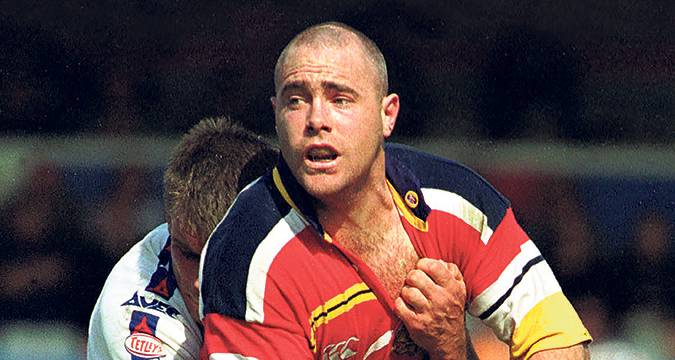 HAVING played for Sydney Roosters, Western Suburbs and South Sydney, Shane Millard signed for London Broncos in 1998. Within a season, he was playing at Wembley, although the Broncos lost to Leeds. After two more seasons in the south, he signed for St George-Illawarra before coming back to England to play for Widnes, Leeds and Wigan.
If you coul
HAVING played for Sydney Roosters, Western Suburbs and South Sydney, Shane Millard signed for London Broncos in 1998. Within a season, he was playing at Wembley, although the Broncos lost to Leeds. After two more seasons in the south, he signed for St George-Illawarra before coming back to England to play for Widnes, Leeds and Wigan.
If you coul Rugby League Heroes: Shane Millard
 HAVING played for Sydney Roosters, Western Suburbs and South Sydney, Shane Millard signed for London Broncos in 1998. Within a season, he was playing at Wembley, although the Broncos lost to Leeds. After two more seasons in the south, he signed for St George-Illawarra before coming back to England to play for Widnes, Leeds and Wigan.
If you coul
HAVING played for Sydney Roosters, Western Suburbs and South Sydney, Shane Millard signed for London Broncos in 1998. Within a season, he was playing at Wembley, although the Broncos lost to Leeds. After two more seasons in the south, he signed for St George-Illawarra before coming back to England to play for Widnes, Leeds and Wigan.
If you coul 